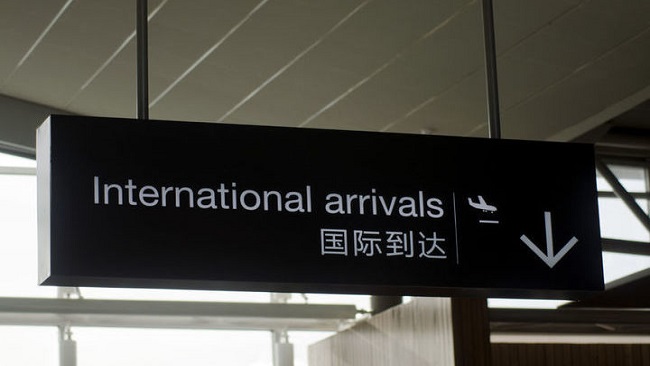Fake SCNC militant granted work visa after fraught asylum battle in New Zealand
A fake militant of the Southern Cameroons National Council who speaks only French at the centre of a long-running immigration case – which includes three asylum appeals and two failed residence bids – has been granted a work visa to stay in New Zealand.
The Cameroonian man’s final attempt to claim refugee status was turned down when a tribunal said he had arranged for video to be filmed of him at a demonstration and then argued it put him in danger of persecution if his home authorities saw the footage uploaded to YouTube.
In his first refugee claim, the Immigration and Protection Tribunal ruled the man was not, as he claimed, an active member of the Southern Cameroons National Council (SCNC) who had been arrested and mistreated.
The tribunal dismissed his second claim, in which he argued he risked persecution because of the publication of the tribunal decision in the first claim – though it did not state his name – and as a Pentecostal church member. Three months after his second asylum appeal was rejected, he appeared at an Amnesty International event organised to increase the refugee quota.
The tribunal dismissed that claim too, saying his decision to attend the event “may not have been self-serving, but his action in preparing and exhibiting a number of placards which addressed issues in Cameroon (and only one that related to the actual issue underpinning the event), the focused recording of him at the event, and the public posting of the recording on YouTube, raised the possibility he had done so to create grounds for a third refugee claim.”
“The clip has clearly been constructed and posted to bring attention to the appellant and his opinions on the SCNC and Cameroon,” it said. “The appellant was unable to explain why an individual who attended a vigil about the New Zealand refugee quota and who was unknown to the appellant, would have been so interested in the SCNC issue and in him that they would take the trouble to video-record him over the course of the vigil, and in two different locations at the event, and post the material on YouTube.
“There is no plausible explanation, other than that the clip was created and posted by, or at the direction of, the appellant.” The tribunal heard the man arrived in New Zealand after fathering a baby in South Africa. The following year he began a relationship with a New Zealand resident and after marrying he made four applications for residence, two of which failed. The other two did not include all the necessary information.
In 2011 he began another relationship and his partner had a child. There followed two refugee claims and appeals, and two humanitarian appeals. In the month that his second humanitarian claim failed in May 2015, the man and his partner split up.
In his third claim he said he was in a relationship with a New Zealand citizen with whom he had a daughter in January last year. In a statement, the national Manager of Immigration New Zealand’s Refugee Division, Andrew Lockhart, said the man was now lawfully in New Zealand on a valid work visa, but could make no further comment for legal and privacy reasons.
“INZ does not collate data on the number of asylum claims that individuals make nor the period over which they may make those,” he said. “The Immigration Act 2009 provides limitations on subsequent claims. A subsequent claim cannot be considered unless there has been a significant change in circumstances since the previous claim was determined.”
Source: Radionz





